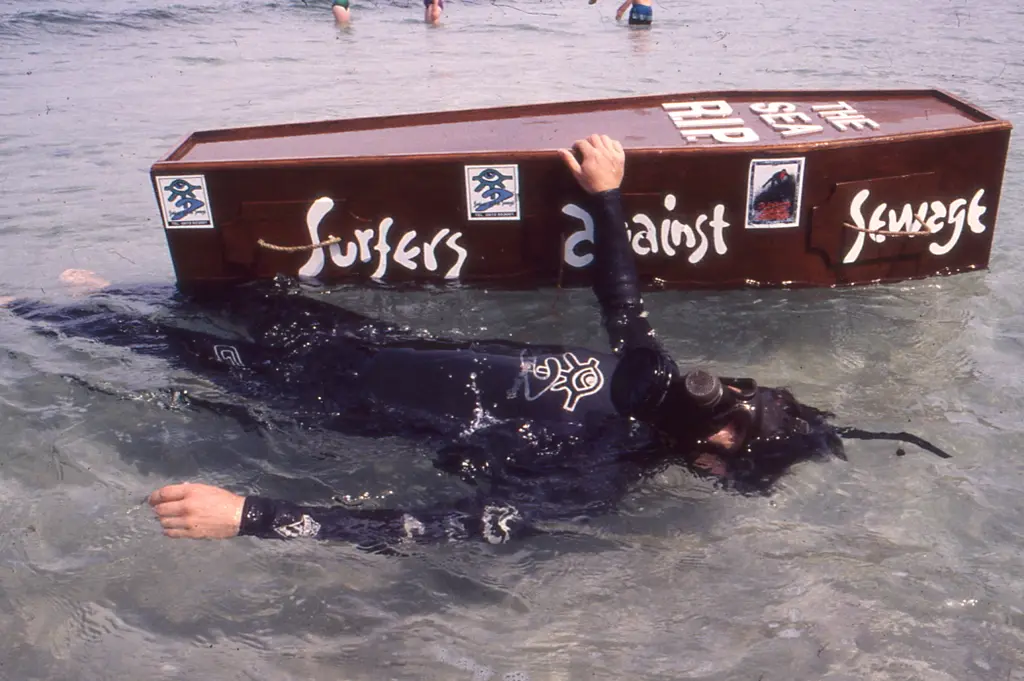Five real-life ghost towns to creep you out
- Text by Alex Robert Ross

If history is cyclical and the past can predict the future, we should probably all be a little creeped out by the brave new world we’re stridently marching towards. On every continent – often hundreds of miles away from the metropolises that we consider eternal – monuments to declining industries and the rapid death of ideas still stand, decaying for the sake of practically nobody. Ghost towns pockmark the world map.
It’s the trope of every great zombie movie, a Twilight Zone-style concept to unsettle even the least social person: empty streets, abandoned homes, clear evidence of lives lived before whatever quick buck people were chasing moved location or fell away.
And as a new book by Wade Shepard shows, ghost towns are far from a thing of the past; in fact, in China, they are a defining feature of the present and future.
Diving into that creepiness, then, we’ve gathered together some of the world’s finest abandoned settlements. Think of them as hellish amusement parks:
Deception Island, Antarctica


Antarctica doesn’t conjure up images of civilization at the best of times. It seems uninhabitable to all but the hardiest of souls and, even then, the likelihood of anyone choosing the harsh, never-ending winter that the continent necessitates is slim. But, as with many other ghost towns, on the ominously titled Deception Island it was industry that dragged poor souls to edge of the earth, and a dirty industry at that. It was here that one of the largest whaling stations in the world operated and bones of the slaughtered animals – along with the vats in which their fat was boiled – still litter parts of the island today. It’s now a tourist destination in its own right, a fact that possesses a darkness all of its own.
Trona, California


California is littered with ghost towns, relics from the Old West, hangovers from the Gold Rush, entirely abandoned and uninhabited. They’re all creepy, but after a while it’s just one depressing dwelling after another. Trona, on the other hand, is an exceptionally disturbing place. Still inhabited by over 1,000 people, many of whom are employed by the Searles Valley Mineral Company, its endless industrial peaks reach out over the desert ground like a dystopian landscape. Its high school plays its games on a dirt field and its golf course’s ‘greens’ are just a softer kind of dirt. It’s a ghost town that’s still inhabited, and its all the more disturbing for it.
Rhyolite, Nevada

Rhyolite appears, at first glance, to be just another one of those ghost towns that litter the Death Valley desert, but stop off for 20 minutes in a car, even in broad daylight, and it’s clear very quickly that there’s something more sinister to it. The town hosts the Goldwell Open Air Museum, a stark realization of the concept of a ‘ghost’ town, and an attempt to preserve the legacy of Albert Szukalski who died in 2000. The sheeted, ghostly statues lined up in the town are beautiful and stirring in their way, but no less disturbing for it, particularly given their incongruous backdrop.
Hashima Island, Japan


During Japan’s rapid industrialization in the late 19th Century, Hashima Island became a hub of the nation’s industry. Nine miles off the coast of Nagasaki, those that worked on the island were essentially forced to reside there, living in the hulking apartment blocks on one side of the island. By the late ’50s, the island’s population had approached 6,000. Given the island’s size, that entailed a population density of roughly 216,000 people per square mile. For the sake of comparison, London’s current population density is 11,760 per square mile. When the mine closed in 1974, the island emptied and its population is now down to zero. Many of its monuments still stand, though, kept from the waves only by a short sea wall.
Anting German Town, China


Some of the strangest additions to Wade Shepard’s Ghost Cities of China are the perfectly formed foreign themed towns that exist within some of China’s biggest cities. Built within the city limits of Shanghai, the Anting German Town is a reflection of the joint Chinese-German Volkswagen plant nearby and the Chinese Formula One track just a few miles down the road. The local government employed German architects to design the town, their expertise clearly visible in the town’s disturbing authenticity. It’s still massively under-populated, adding to the incongruity of the space, but, as Shepard assures us, it won’t be soon.
Enjoyed this article? Like Huck on Facebook or follow us on Twitter.
Latest on Huck

Bernie Sanders introduces Clairo at Coachella, urging young Americans to “stand up for justice”
Coachella charmed — The Vermont Senator praised the singer-songwriter for her efforts in raising awareness of women’s rights issues and Gaza.
Written by: Isaac Muk

The Changing Face Of Brooklyn, New York’s Most Colourful Borough
After three decades spent capturing stories around the world, Magnum Photographer Alex Webb finally decided to return home to Brooklyn – a place that champions chaos, diversity and community spirit.
Written by: Alex Webb / Magnum Photos

The mundane bliss of New York’s subways in the ’70s
NYC Passengers 1976-1981 — During a very different decade in NYC, which bounced between rich creativity and sketchiness, photographer Joni Sternbach captured the idiosyncratic isolation found on its rail networks.
Written by: Miss Rosen

Analogue Appreciation: lullahush
Ithaca — In an ever more digital, online world, we ask our favourite artists about their most cherished pieces of physical culture. Today, it’s Irish retro-futurist lullahush.
Written by: lullahush

Spyros Rennt captures connection and tenderness among Berlin’s queer youth
Intertwined — In the Greek photographer’s fourth photobook, he lays out spreads of togetherness among his friends and the German capital’s LGBTQ+ party scene.
Written by: Isaac Muk

The rebellious roots of Cornwall’s surfing scene
100 years of waveriding — Despite past attempts to ban the sport from beaches, surfers have remained as integral, conservationist presences in England’s southwestern tip. A new exhibition in Falmouth traces its long history in the area.
Written by: Ella Glossop